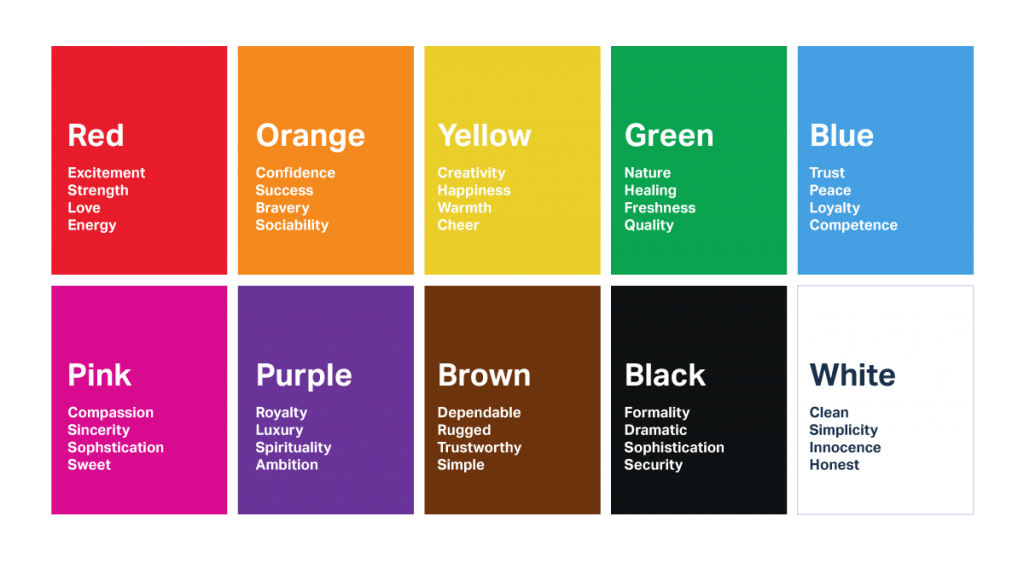Being a successful marketer heavily relies on your knowledge of psychology; how do you sell without seeming pushy? How do you promote your product in a way that resonates with others? What subtle changes can we make to increase conversions?
Many marketing tactics can get extremely expensive, like placing billboards, running LinkedIn ads, or getting a publication. Using psychology to design your marketing campaigns will help them be more enticing, saving money and time. There are 8 core principles of marketing rooted in psychology:
1. Reciprocity
The first principle speaks to the tendency that people will want to give back to you after you give something to them. They are more likely to purchase or subscribe after they get something from you such as a free sample, free content, or a trial period. To follow this principle, be generous with your leads!
One example you see all the time is free e-books. Some companies see e-books only as a way to generate emails but it’s far more than that. If an e-book actually has valuable information in it—which sadly, many do not—then the person will want to reciprocate and do something for your company, like buy.
2. Scarcity
Scarcity, or exclusivity, is the idea that people want something not everyone can have. It’s especially powerful when selling higher-priced products. Scarcity creates a sense of urgency to purchase now before someone else. It triggers FOMO, or Fear of Missing Out. The rarer an item is, the stronger this psychological principle can be.
In order to leverage scarcity, make people feel like your product is limited so they want to buy it before others. Amazon does an excellent job at this—saying “there are only __ amount left in stock” so you buy the item as fast as you can.
A more extreme example is Nike Mag sneakers, which were made to look like the shoes Marty McFly wore in Back to the Future II. These shoes were auctioned off to support Michael J. Fox Foundation and the cure for Parkinson’s. Only 1,678 pairs were made between 2015-2018. Since then, their value has gone up exponentially, over $100,000 per pair. It’s an excellent example of how powerful scarcity can be.
3. Priming
If you’ve ever taken a psychology course, chances are you’ve heard of priming. This term refers to using subtle hints in your marketing to prime someone to react a certain way. For example, a vacation company may use of tropical colors on their website or in marketing campaigns to prime someone to want to travel. It’s like planting a seed in someone’s mind; they don’t know it’s there, but over time the idea grows.

4. Social Proof
Social proof refers to gaining credibility through the words/feedback of others. When you’re purchasing a product and you see other people are raving it about it, you’re more likely to trust that it’s high quality.
Here are examples of the ways marketers use social proof:
- Placing testimonials on your website
- Product reviews
- Influencers promoting your products
- Marketing ads where a customer is excited about your product
- Follower counts on social media
- Awards
- Placing client logos on your website
Social proof is more powerful when the information is coming from people that they like and trust. Finding influencers who your target market trusts is better than hiring an influencer that your target market doesn’t really connect with. And using testimonials from people in the same profession as your target market will also be more successful.
StratiFi Technologies does a great job at incorporating client testimonials into their homepage; these people have similar job titles to their target market, and many of them are respected industry leaders.


5. Decoy Effect
This principle refers to using a “decoy” to draw people to the option you want. It’s frequently used for pricing. Let’s say you have 3 pricing options and the lowest one doesn’t offer nearly the number of features, and the top plan is only for enterprises. For most people, plans 1 and 3 are decoys, drawing people towards the middle option.
Another example is offering different plans for an online class. Let’s say the base option doesn’t provide lifetime access but the middle option is only marginally more expensive and provides them with lifetime access + support, enticing people towards that option.
6. The Psychology of Color
It’s been scientifically studied time and time again: color can greatly affect our mood. However, it’s not as simple as “red makes us angry” or “blue makes us calm.” Different cultures have different perceptions about certain colors, making it vitally important to understand your target market.
The Journal of Experimental Psychology: General studied the idea that people have a universal preferences for some colors over others. It is one of the first studies done cross-culturally on color psychology. They concluded that there was no one color preference. But more importantly for marketers, they also wrote that there must be “broader debate on the extent to which our perception and experience of color is culturally relative or universally constrained.”
Many of us based in the USA have generally the same emotional reaction to certain colors.

Even within the same culture, however, color reactions may differ between men and women, age groups, and other demographic groups. Understanding your target market and exploring their color biases can help you use color to your advantage in marketing.
7. Anchoring Bias
Anchoring bias is the idea that someone’s first exposure to a brand will have a stronger effect on their opinion. The information they receive first will “anchor” them.
Pricing is a good example. If they see an online class that costs $2000 then see another similar online class for $200, they will think the second class is cheap, even if it really isn’t all that cheap.
Many companies will also display their product with the original price next to the sale price to make the sale price seem affordable. DSW does this with every pair of shoes they sell. The “Haddie” boot below has a value of $140, but you can get it for just $99, making it seem like an excellent deal.

Anchoring bias is also why it’s vitally important that a company’s advertisements, website, and outreach emails/calls be thoughtful and high-quality. If a landing page you’re using to looks bad, no matter what else they see from your company later on, they will remember that first experience. Focus on creating high-quality campaigns when you’re trying to gain exposure and attract customers.
8. Loss Aversion
The last marketing psychology principle is called loss aversion: the tendency to try not to lose something you already have. People tend to experience losses more severely than the happiness they get from gaining something.
To follow this principle, companies will offer a free trial to get people hooked. Nobody wants to lose all the features they had access to, so they’ll be more likely to start paying for a subscription when the trial ends!






